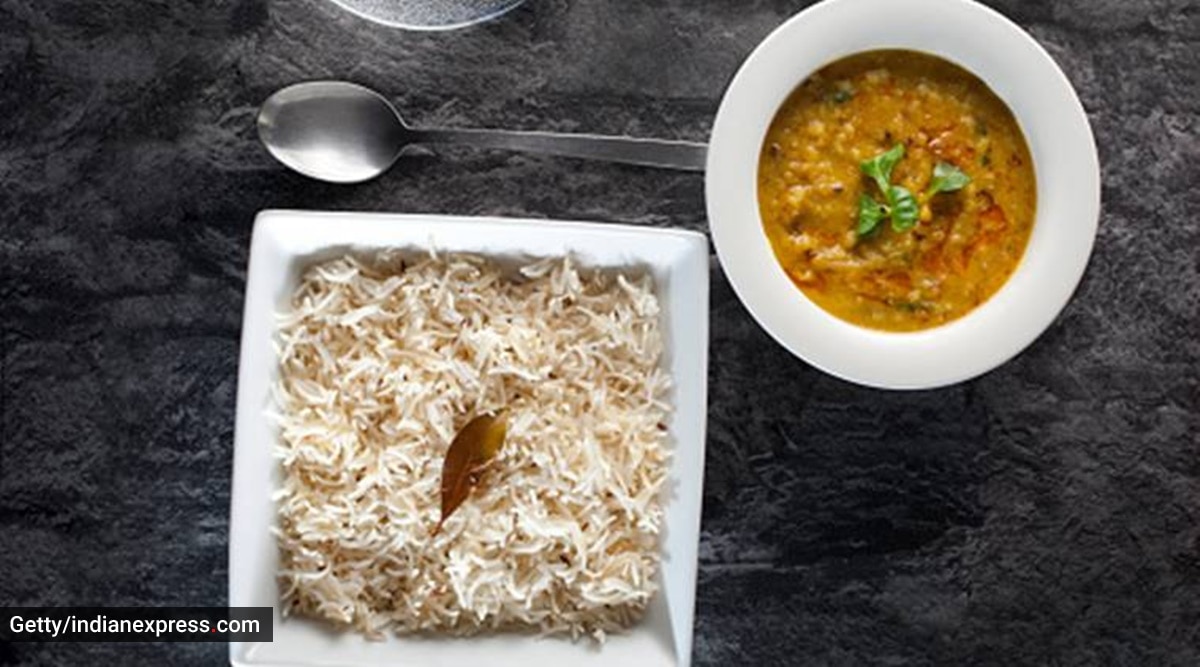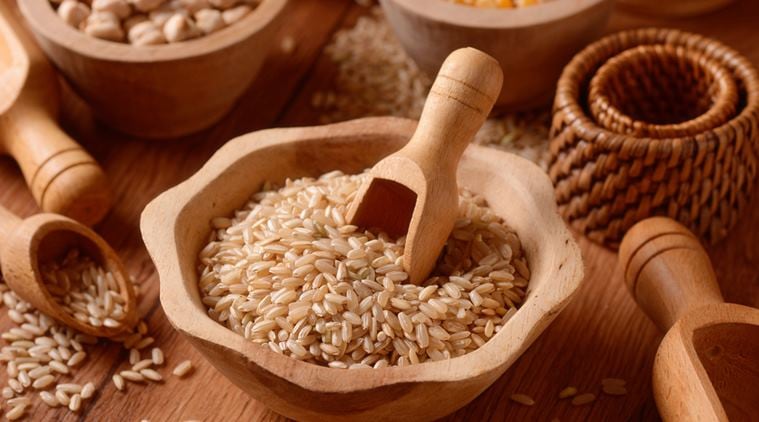 Here's why white rice is good for you. (Source: Getty Images/Thinkstock)
Here's why white rice is good for you. (Source: Getty Images/Thinkstock) There is a lot of debate about the health benefits of brown rice vs white rice. Many people believe that brown rice, which is unrefined, is the healthier variety, and also helps one lose weight as compared to white rice which contains starch. However, are these beliefs true?
Nutritionist Rashi Chowdhary recently took to Instagram to bust some such myths, and answer a few commonly-asked questions.
“I know you think brown rice is better than white because it’s unrefined and contains more nutrients. Well, not necessarily,” she said.
Here’s why white rice may be better compared to most grains.
*Whole grains can be hard for the body to digest, especially if you have a sensitive gut.
The outer layer of all grains, including brown rice, contains phytic acid which is an anti-nutrient and can cause digestive distress. Nature does this when a grain (which is essentially a seed) hits the earth and sprouts into a new plant. Moisture, warmth, and other soil conditions will naturally release the bran. This is not a problem with white rice as the bran has already been removed. People with chronic digestive issues will have a much easier time digesting white rice than brown rice.
 Keep a check on what you are eating. (Source: Getty Images/Thinkstock)
Keep a check on what you are eating. (Source: Getty Images/Thinkstock)
*White rice does not contain gluten or any of the other possibly unhealthy compounds that are a part of the three main sources of gluten – wheat, barley and rye.
*Consuming steamed white rice helps boost your intake of zinc.
Getting enough zinc in your diet supports reproductive health, and also boosts your immune system. It also helps you consume a significant amount of manganese. Each 1-cup serving of white rice boasts 0.6 milligrams of manganese. Manganese activates a number of proteins needed for cell function. It allows your body to derive energy from nutrients, boosts collagen production to support wound healing, and acts as an antioxidant to prevent cell damage.
*Brown rice has 80 per cent more arsenic compared to white rice. Aresenic is a heavy metal and can lead to toxicity.
White rice taste has no comparison with brown rice or any other grains, said Chowdhary.
So, what happens to the glycemic index load? “We never really eat white rice by itself. Always add extra vegetables or some protein to your white rice to take care of the glycemic index,” she remarked.
For more lifestyle news, follow us: Twitter: lifestyle_ie | Facebook: IE Lifestyle | Instagram: ie_lifestyle